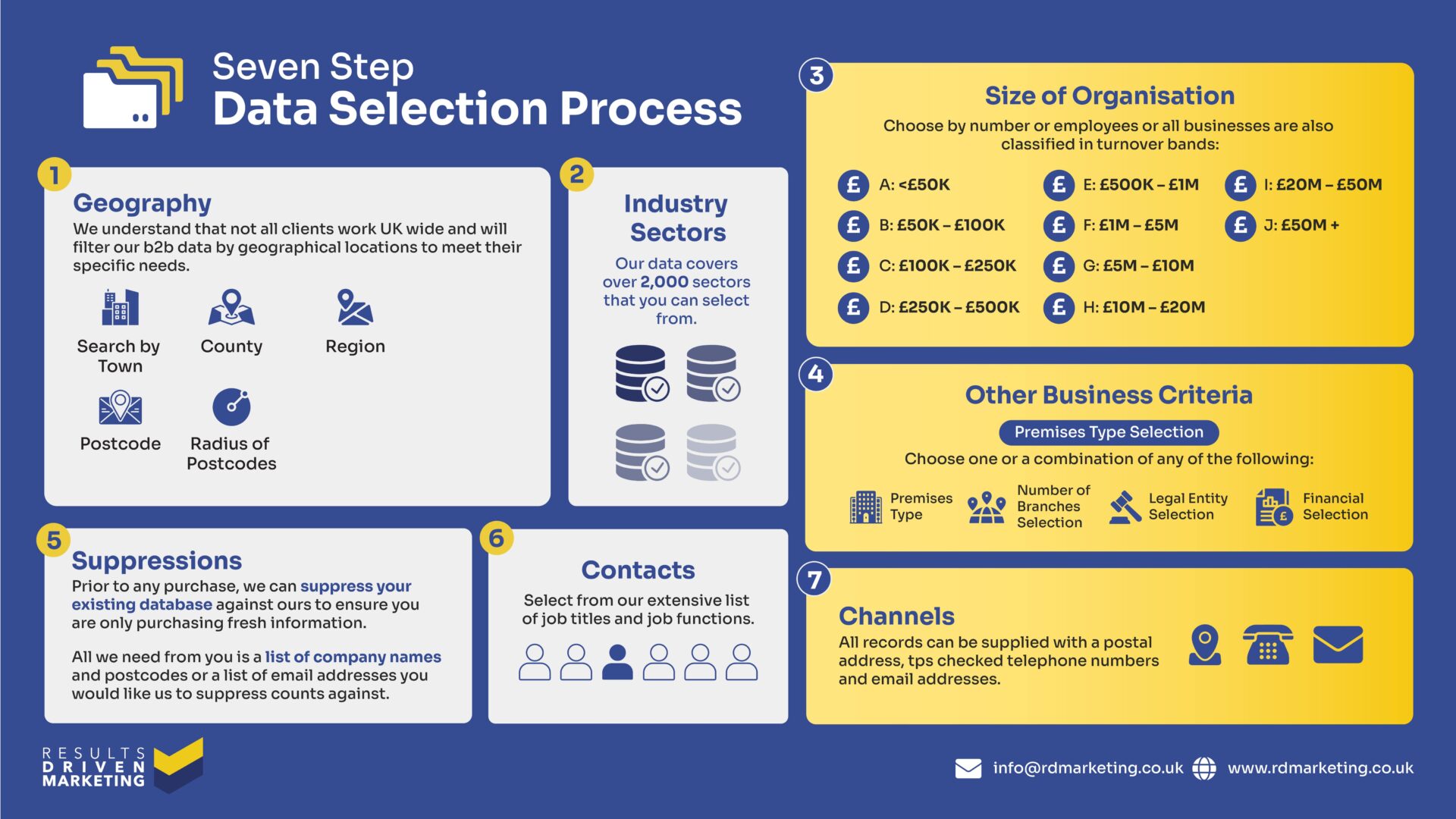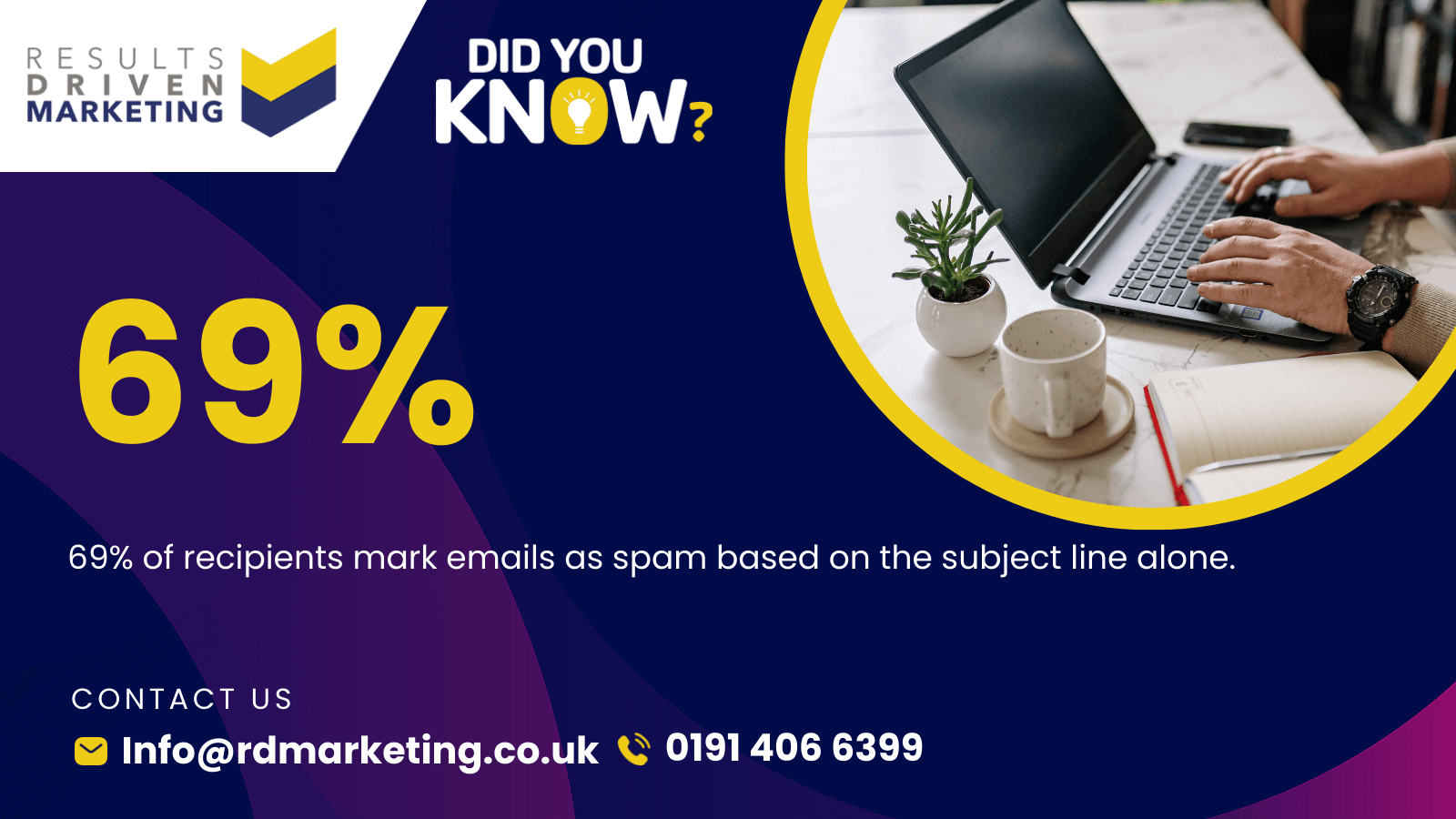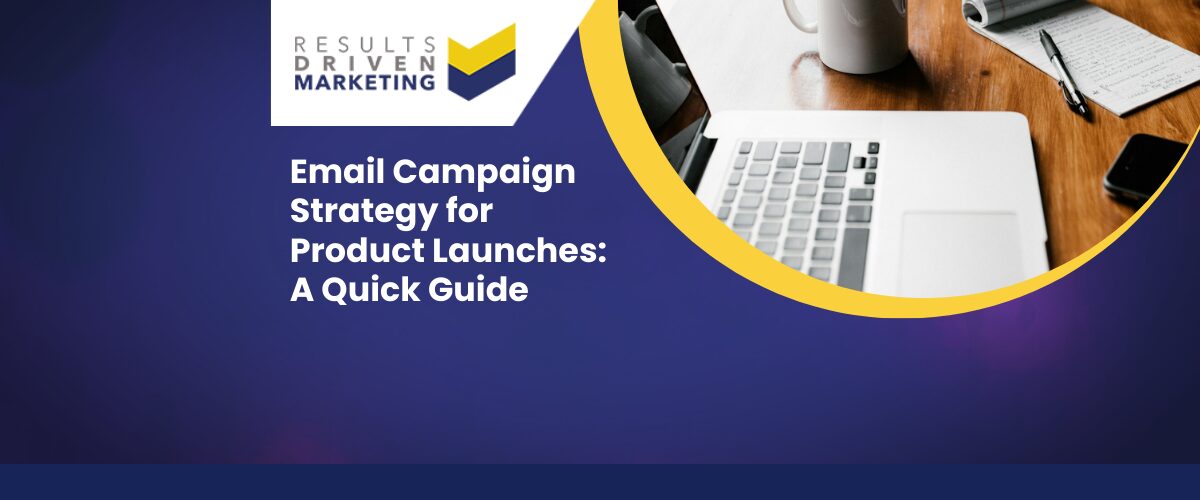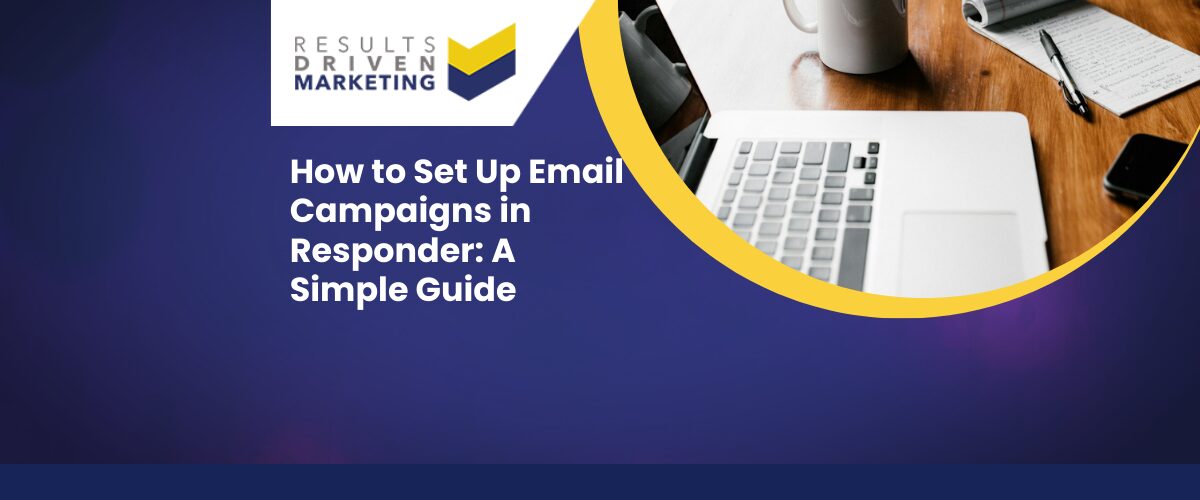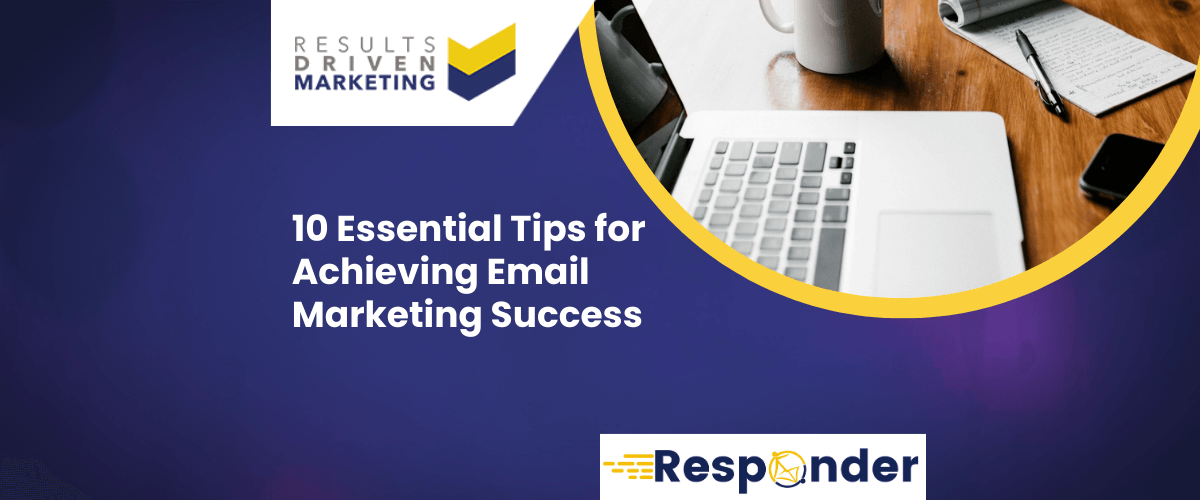
10 Essential Tips for Achieving Email Marketing Success
Achieving email marketing success is more important than ever, as customers are bombarded with messages from every direction. Despite the noise, email marketing still stands out as one of the most effective tools for building real connections and driving conversions.
Why? Because email is direct, personal, and—when done right—delivers an impressive return on investment.
In fact, email marketing can generate an average ROI of 4200%, or $42 for every dollar spent, making it an incredibly cost-effective way for businesses to reach their audience and see measurable results.
But the path to email marketing success isn’t always straightforward. The key lies in understanding what resonates with your audience, curating valuable content, and implementing effective strategies that make emails stand out in a crowded inbox.
Achieving success in email marketing is about more than just sending emails; it’s about crafting each component with purpose, from subject lines to call-to-action buttons, to ensure maximum engagement.
For those looking to elevate their email marketing game, our team at RD Marketing offers an array of services tailored to drive email success.
Our B2B Data, Direct Mail Data, Telemarketing Data, Email Address List Data, and International Email Lists are designed to help you reach precisely the right audience.
Plus, we offer Consumer Data, CTPS Checker, Email Marketing Management Services, Data Cleansing Services, and Data Enrichment Services to help optimise and amplify your marketing efforts.
Table of contents:
Tip 1: Know Your Audience Inside Out
One of the most essential steps to achieving email marketing success is knowing your audience deeply and segmenting them effectively. Why is this so crucial?
Quite simply, people respond better when they feel a message speaks directly to them.
By segmenting your audience based on factors like demographics, interests, and behavioral patterns, you can tailor each email to match specific needs, enhancing engagement rates and, ultimately, conversions.
Why Audience Segmentation is Key
Segmentation allows you to divide your email list into smaller, more targeted groups. Rather than sending a one-size-fits-all email, segmentation lets you send messages that are more relevant and impactful.
For example, if you’re running a campaign targeting both younger professionals and senior executives, their needs and pain points will likely differ.
With proper segmentation, you can address these nuances and boost your chances of email marketing success.
How to Create Audience Segments
Start with Demographics:
Use basic demographic information like age, gender, and location. If you’re targeting B2B, this might include job roles, industries, and company sizes.
Our B2B Data and Direct Mail Data services make it easier to access segmented lists based on such critical criteria.
Dig into Interests and Preferences:
Understanding what your audience is interested in can help shape the content you deliver. Collect insights from past interactions—such as pages visited, products viewed, or previous purchases—to develop a clear picture of their interests.
Analyse Behaviors:
Observing how users interact with your emails, like open rates or click-throughs, can offer insights into their preferences. Tools that track behaviors within your CRM can identify potential segments, allowing you to tailor your campaigns further. For additional help refining segments, our Data Enrichment Services add valuable information to your existing database, making it more actionable.
Create Buyer Personas:
Buyer personas are semi-fictional profiles representing your ideal customers. Crafting these personas involves analysing existing customer data and feedback, providing insights into what motivates your audience and how best to appeal to them. If you need a jumpstart on acquiring or updating data, consider our Data Cleansing Services to ensure that you’re reaching only the most relevant prospects.
Tools and Techniques for Effective Segmentation
To get started with segmentation, consider using marketing platforms that offer audience segmentation tools. Email platforms like Mailchimp or dedicated tools within CRM systems often provide segmentation features to help organise your lists efficiently.
Our Email Marketing Management Services are tailored to streamline this process, ensuring that your lists are well-organised and up-to-date.
Using targeted data, such as our Telemarketing Data or Consumer Data, can also be advantageous for those looking to develop hyper-focused email lists. For international campaigns, we even offer International Email Lists to help you reach specific geographic markets with tailored content.
Tip 2: Personalise Your Messages
Personalisation has become a powerful force in achieving email marketing success.
It’s no secret that people engage more when they feel a message is uniquely crafted for them, rather than sent to the masses. Personalised emails drive better engagement, higher open rates, and, ultimately, more conversions.
In fact, studies show that personalised email campaigns yield a 29% higher open rate and a 41% higher click-through rate than generic emails. Personalisation helps your audience feel recognised and valued, which strengthens their connection with your brand.
Why Personalisation is Key to Email Marketing Success
When recipients see their name or receive recommendations based on their preferences, they’re more likely to feel connected to the content.
Personalisation takes your marketing a step further by making your message relevant, meaningful, and compelling for each individual.
It can go beyond just using a name in the subject line. You can also include location-based suggestions, content tailored to their previous interactions, or products they’ve browsed on your website.
Effective Personalisation Tactics
Here’s a quick breakdown of some highly effective personalisation tactics that will drive email marketing success:
Dynamic Content
Dynamic content allows you to show different versions of the same email based on specific criteria.
For example, a fashion retailer could display different product recommendations based on a customer’s gender or previous purchases.
Tools like our Email Marketing Management Services enable this kind of customisation, helping you set up dynamic content that truly resonates with each audience segment.
Personalised Subject Lines
Including the recipient’s name or a reference to a recent purchase in the subject line can grab their attention. Subject lines like “John, here’s something perfect for you!” or “A special offer just for you” can boost open rates by up to 50%.
Testing various approaches to personalise subject lines is made easier with Email Address List Data that’s segmented for better targeting.
Recommendations Based on Past Behavior
Analyse customer browsing or purchase history and incorporate product recommendations accordingly. If a user recently purchased a smartphone, an email suggesting compatible accessories or future upgrades will feel relevant. Our Data Enrichment Services can help by adding valuable insights to your existing data, making it easier to personalise recommendations.
Location-Specific Offers
If you’re running campaigns across multiple regions, consider tailoring your messages based on location. For instance, sending a campaign around a specific event happening nearby or recommending products that are popular locally. Our International Email List provides segmented data based on geographic regions, helping you design campaigns that speak to local interests.
Special Birthday or Anniversary Emails
These messages can include a special discount or a warm greeting, adding a personalised touch that strengthens customer loyalty. With updated data from our Data Cleansing Services, it’s easy to maintain accurate customer records, ensuring no special occasion is missed.
Data for Personalisation
Personalisation is only possible with accurate, high-quality data. RD Marketing’s services, like B2B Data and Direct Mail Data, allow you to reach the right decision-makers, while our CTPS Checker keeps your lists compliant and optimised.
For those looking to personalise across multiple channels, our Telemarketing Data can help integrate personalised messaging across email and phone interactions.
Tip 3: Write Compelling Subject Lines
Your subject line is the very first impression your email makes, so crafting one that’s both intriguing and relevant is crucial to achieving email marketing success.
A well-thought-out subject line can mean the difference between a high open rate and your email being left unread. Studies show that 47% of recipients open an email solely based on the subject line, while 69% report emails as spam based solely on the subject line as well. This is why it’s essential to get it right!
The Power of an Engaging Subject Line
When aiming for email marketing success, an effective subject line has to spark curiosity and promise value without being misleading. Short, clear, and enticing subject lines tend to perform best.
You want your subject line to set expectations and encourage readers to click through, whether it’s an exclusive offer, a valuable resource, or an update that’s truly relevant.
Examples of High-Performing Subject Lines
Here are some examples that you can draw inspiration from to increase open rates:
- “Unlock Your Exclusive Discount Inside!”
- “Get Ready – Your Free Guide Awaits”
- “Act Fast: Limited Stock on Our Newest Products”
- “Personalised Picks Just for You, [Name]”
Each of these is focused on creating a sense of urgency or offering something specific and relevant. If you’re reaching out to a targeted audience, such as with a segmented B2B Data list, using personalisation in the subject line, like including the recipient’s name, can significantly boost engagement.
Words to Avoid in Subject Lines
Certain words can trigger spam filters, which will send your carefully crafted emails straight to the spam folder instead of your audience’s inbox. Common examples include:
- “Free”
- “Act Now”
- “Limited Time”
- “Guaranteed”
While these words can add urgency, it’s better to avoid them as standalone terms.
For cleaner, more trustworthy subject lines, our Data Cleansing Services ensure your contact lists remain current, removing inactive or unengaged recipients and helping your emails maintain a solid sender reputation.
Tips for Creating Engaging Subject Lines
Keep It Short and Sweet
Aim for 6-10 words or about 50 characters. Mobile readers, in particular, benefit from shorter subject lines. For a wider reach, try experimenting with short, punchy messages on your International Email List.
Use Emojis Sparingly
Emojis can add a bit of flair, but they should be used thoughtfully and sparingly. A single emoji that’s relevant to the message, like a gift box or a calendar icon, can help your email stand out in the inbox.
Test Variations with A/B Testing
Conduct A/B tests with different versions of subject lines to see which resonate best. By utilising our Email Marketing Management Services, you can set up A/B tests effortlessly to discover the best-performing subject lines for different segments.
Create Urgency (Without Overdoing It)
Encouraging a timely response can drive engagement, but keep it subtle. Instead of “Act Now!” try “Only a Few Spots Left” or “Ends Soon.” This keeps urgency genuine and avoids spam filters.
Avoid Being Too Salesy
Instead of “Buy Now” or “Best Deal Ever,” think about offering something insightful or helpful. Consider phrases like “Tips for a Stronger Consumer Data Strategy” or “Improve Your Results with These Expert Tips.”
Tip 4: Focus on Quality Content
No matter how well-crafted your subject lines or personalised your approach, the content within your email is what truly determines your email marketing success.
Delivering engaging and valuable content encourages readers to stay subscribed, interact with your brand, and even look forward to your emails.
Think of it this way: the better the content, the more likely your audience will see your emails as a source of value, not just another sales pitch in their inbox.
Why Quality Content is Essential
Providing quality content builds trust and credibility. When your emails consistently offer something valuable—whether it’s educational insights, actionable tips, or exclusive resources—your subscribers are more likely to engage with your brand long-term.
Good content fosters loyalty and can significantly boost the overall success of your email marketing campaigns.
Types of Content That Drive Email Marketing Success
To make an impact, consider including a mix of content that addresses different interests and needs. Here are some high-performing types of content to incorporate into your email strategy:
How-To Guides and Tutorials
Step-by-step guides and how-tos provide actionable value to your readers. These types of emails perform well because they offer immediate, tangible benefits. For example, an email titled “How to Maximise Your ROI with Telemarketing Data” could be packed with tips on leveraging telemarketing lists to reach the right prospects. A practical guide that helps solve a problem or achieve a goal is always appreciated.
Curated Content
Curated content is another effective strategy. This could be a roundup of industry news, relevant articles, or insights on trending topics. It positions you as a knowledgeable resource, showing that you’re not only selling but also providing valuable information. For a broader audience, using an International Email List can help spread relevant, curated content to markets that might be interested in global trends or updates.
Exclusive Offers and Promotions
Everyone loves a good deal, but exclusive offers feel even more rewarding. Make sure your promotions feel personalised and genuine. Exclusive discounts, early-bird access, or limited-time offers are great for keeping your subscribers engaged and anticipating your next email. To ensure that these offers reach your intended audience, we recommend our Email Address List Data to help deliver tailored offers to segmented groups.
Data-Driven Insights
Sharing insights based on data can be incredibly engaging, especially for a B2B audience. For example, highlighting trends from your Consumer Data or industry-specific insights can show subscribers that you’re attuned to current developments and can help them stay ahead. Data-driven content is an excellent way to offer high-value information.
Ensuring Content Relevance and Compliance
Keeping your content up-to-date and compliant is also essential. By regularly refreshing your email lists through Data Cleansing Services and checking compliance with our CTPS Checker, you can ensure that your emails reach the right people and remain within regulatory standards. High-quality, well-organised lists paired with relevant, valuable content can truly elevate your campaigns.
Finally, managing all this content effectively can be streamlined with our Email Marketing Management Services. This makes it easier to organise your campaigns, test new content ideas, and analyse what resonates best with your audience.
Tip 5: Optimise for Mobile Devices
With the rise of smartphones, optimising your emails for mobile devices is no longer optional; it’s essential for email marketing success.
Statistics show that around 46% of all email opens happen on mobile devices, meaning nearly half of your audience is likely reading your emails on the go.
If your email doesn’t load correctly or is hard to read on mobile, there’s a high chance that your subscribers won’t engage or may even unsubscribe.
Ensuring a seamless experience on mobile can significantly enhance your campaign’s reach and effectiveness.
Why Mobile Optimisation is Crucial
Mobile users expect easy-to-read content with intuitive navigation. If your email requires excessive zooming or scrolling, users may simply abandon it.
Optimising for mobile involves more than just resizing—it’s about creating a fluid and user-friendly layout that adapts to various screen sizes.
Proper mobile optimisation supports email marketing success by making sure your content is accessible and engaging, no matter how your audience views it.
Best Practices for Mobile-Friendly Email Design
Use a Single-Column Layout
A single-column layout is the most mobile-friendly option, as it allows your content to stack neatly without forcing users to scroll horizontally. This layout keeps everything streamlined and easy to navigate, which is especially helpful when working with our Direct Mail Data or B2B Data lists targeting a busy audience.
Limit the Use of Large Images
Images can enhance the visual appeal of an email but can also slow down load times on mobile devices. Use high-quality, compressed images and keep them minimal. This is particularly effective if you’re working with an international audience on an International Email List, as different regions may have varying internet speeds.
Make Fonts and Buttons Easily Clickable
Text and buttons should be easy to read and click, even on smaller screens. Use a minimum font size of 14px for body text and ensure buttons are at least 44×44 pixels for easy tapping. A clear call-to-action (CTA) button is vital, as mobile users are more likely to click through if the button is large, visible, and simple to press. If you’re sending targeted campaigns through our Email Address List Data, optimising CTA buttons can lead to increased engagement and conversions.
Shorten Subject Lines
Mobile screens display fewer characters than desktop screens, so aim for subject lines under 40 characters to ensure readability. For instance, a concise subject line like “New Updates Just for You” works better on mobile than a longer, more detailed line. Testing different subject lines through our Email Marketing Management Services can help identify the best approach for mobile audiences.
Test Across Devices and Email Clients
To ensure a consistent experience, always test your emails on multiple devices and email clients before sending. There can be significant differences in how emails display on iPhones versus Android devices or within different email apps. A/B testing with mobile audiences is also helpful to refine layouts, content, and calls to action for optimal email marketing success.
Consider the “Thumb Zone”
For most mobile users, especially right-hand dominant ones, the easiest area to reach is the lower half of the screen. Place crucial elements like CTA buttons within this “thumb zone” to improve click-through rates. This strategic placement works well when reaching out to diverse audiences using our Telemarketing Data and Consumer Data, as it allows for easier interaction and response.
Keeping Your Data Updated for Mobile
Ensuring that your email lists are updated regularly is also vital for mobile engagement. Outdated or inaccurate data can impact deliverability and hinder email marketing success. Services like our Data Cleansing Services and Data Enrichment Services can help maintain the quality of your contacts, allowing you to optimise mobile-friendly campaigns for an engaged audience.
Tip 6: A/B Test for Continuous Improvement
If there’s one tried-and-true way to refine your email marketing campaigns and move closer to email marketing success, it’s A/B testing.
This process, also known as split testing, involves creating two versions of a specific email element to see which performs better.
A/B testing allows marketers to make data-driven decisions and optimise their emails for the highest possible engagement, continuously improving campaigns over time.
Whether you’re testing subject lines, calls-to-action (CTAs), images, or even send times, A/B testing reveals what resonates most with your audience.
Why A/B Testing is Essential for Email Marketing Success
With A/B testing, you’re not relying on guesswork—you’re using actual subscriber behavior to guide your choices.
A well-executed A/B test provides valuable insights that can improve open rates, click-through rates, and conversions.
For example, you might discover that a shorter subject line consistently outperforms a longer one, or that using a specific color for your CTA button yields higher click-throughs.
When you can measure and optimise your email elements this way, each test moves you a step closer to sustained email marketing success.
Elements to Test for Maximum Impact
When starting with A/B testing, focus on the elements most likely to impact engagement. Here’s a list of key areas to experiment with:
Subject Lines
Subject lines are often the first element to test because they have such a significant impact on open rates. Try testing different lengths, tones, or personalisation techniques. For example, you could A/B test a straightforward subject line against one with a more urgent tone, like “Limited Time Offer Just for You.” Testing is especially effective when working with segmented lists, such as our B2B Data or Email Address List Data, as you may find different groups respond better to different styles.
Images vs. No Images
Visuals can either enhance or detract from your email’s message, depending on the audience. Run tests to see if images increase engagement or if a simpler, text-only email performs better. When targeting various regions with an International Email List, images that reflect the audience’s specific interests or culture may lead to more clicks.
Call-to-Action (CTA) Buttons
The CTA button is one of the most critical parts of an email. Experiment with button color, text, and placement. You may find that a bolder color or a more direct phrase like “Get Started Now” outperforms a softer option. Testing CTA effectiveness can also be highly useful with our Direct Mail Data segments, allowing you to tailor CTAs to suit each audience’s intent.
Send Times and Days
When you send an email can be just as important as what’s inside it. Test different days of the week and times of day to see which generate the best results. Perhaps your audience is more engaged in the early morning, or you discover that mid-week emails drive the most responses. To make the most of send-time testing, try using our Email Marketing Management Services for advanced scheduling and analysis.
Email Length and Content Structure
Some subscribers prefer quick, concise emails, while others may engage more with detailed, content-rich messages. Testing different content lengths can help you find the ideal balance for each segment, especially if you’re reaching out to consumer audiences with our Consumer Data.
Tips for Effective A/B Testing
- Test One Element at a Time: For clear, actionable results, change only one variable per test. This way, you’ll know exactly which factor caused the difference in engagement.
- Use a Large Enough Sample: Ensure that your test groups are large enough to deliver reliable results. A larger sample size will make it easier to identify statistically significant differences.
- Run Tests Regularly: A/B testing isn’t a one-time exercise. As preferences evolve, it’s essential to continue testing to keep your campaigns relevant and effective. To maintain clean and updated contact lists, our Data Cleansing Services can help by removing outdated or unresponsive contacts from your lists, ensuring your test results reflect current, active subscribers.


